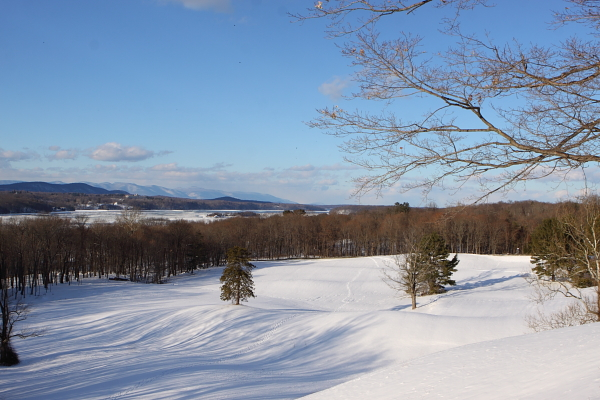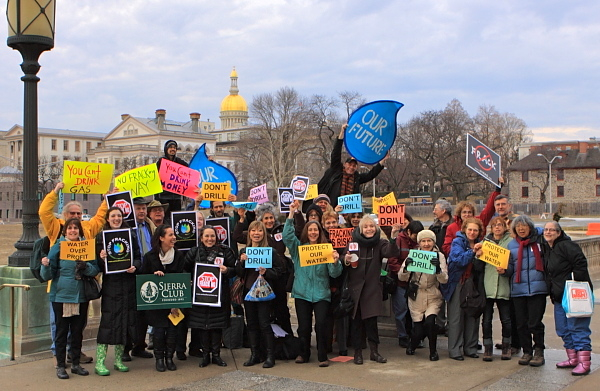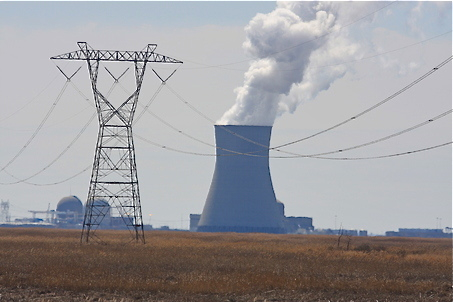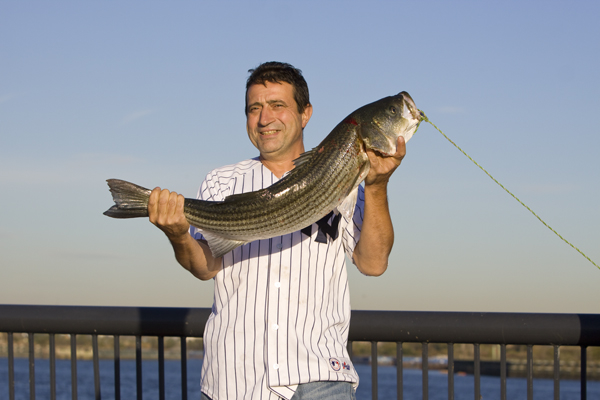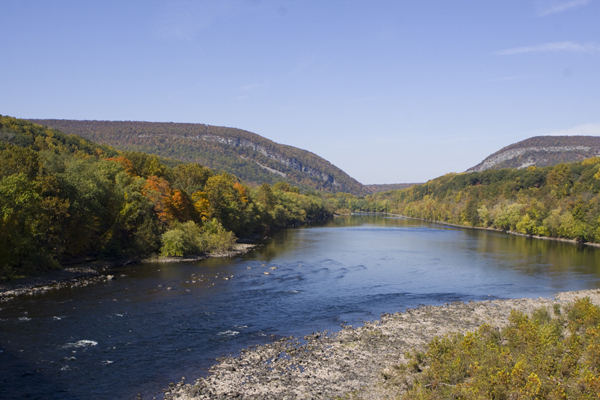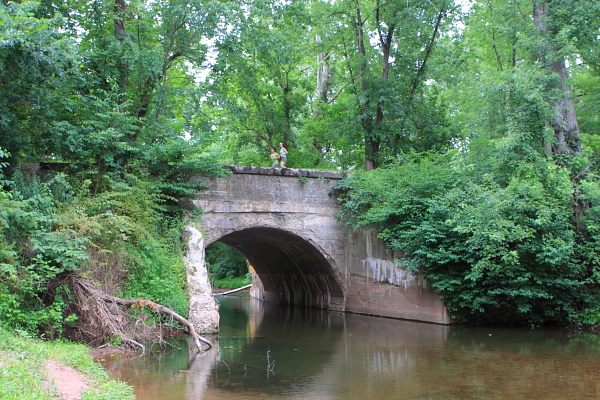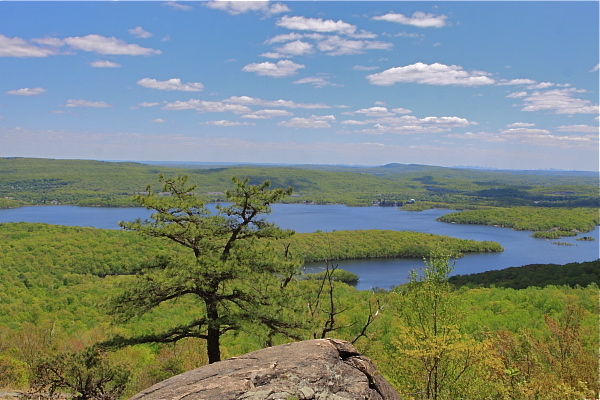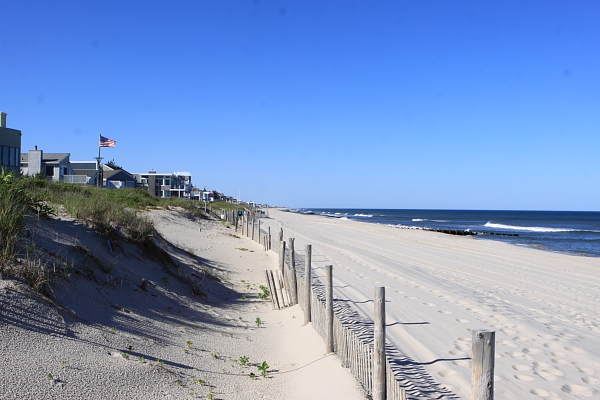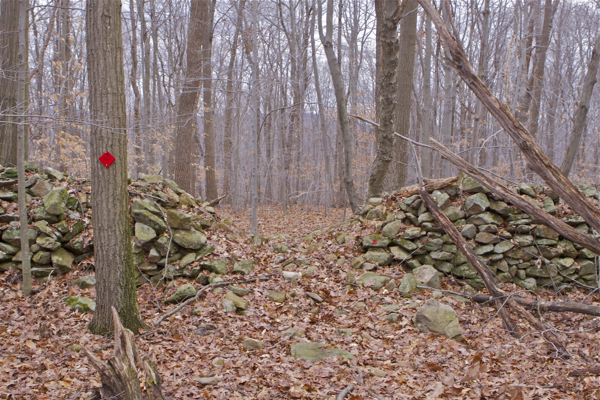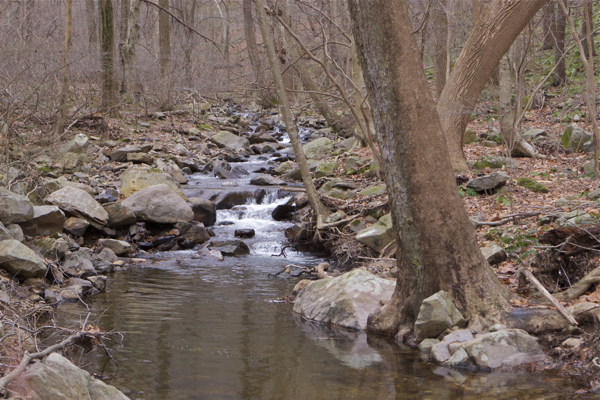Technical Manuals ARE Enforceable
Let’s get back in the weeds for a quick but important followup on my post yesterday regarding legislation that would limit the DEP’s use of Guidance documents and expressly prohibit their enforcement.
While this set of issues certainly are not sexy and amenable to a sound bite, they define both the rules and equipment for playing the game – literally the stuff of how environmental protection gets done; or the how and why of DEP permitted pollution increases and destruction of natural resources.
Like a hockey player’s skates, or a golfer’s clubs, or a surgeon’s scalpel, or the primary producers in the ecosystem – essential elements that are ignored at peril (with raises a question for another post: why do these “in the weeds” issues get virtually no attention by environmentalists and media?)
As I noted, there are many Guidance documents used to implement almost every program.
Virtually all DEP Guidance documents could be interpreted to contain “additional requirements that are not included in the rule” and thus effectively be banned by the legislation.
So, if the Governor signs the bill into law, DEP will be faced with 3 options:
1) shelve the Guidance documents and operate the programs based only on rules;
2) promulgate all the Guidance documents as regulations; or
3) adopt the Guidance documents as Technical Manuals (TM).
Current pro-business DEP Commissioner Bob Martin is very likely to choose option #1.
This would please the polluters and developers and is administratively the easiest way out.
But it would create bureaucratic and legal chaos.
It would provide far more control to the regulated community (polluters and developers) as they alone decided how to interpret and comply with regulations. Such an “anything goes” “you decide” approach to technical requirements would undermine DEP’s efforts to promote compliance and frustrate enforcement of environmental laws. Basically, there would be nothing to enforce, as the permittees basically write their own permits.
But a subsequent Commissioner is very likely to choose option #3 – Technical Manuals – which is the best option (option #2 is technically and legally challenging, if not impossible, and far too much work anyway with limited DEP manpower).
So, what is a Technical Manual?
Technical Manuals essentially are a hybrid of a Guidance document and a regulation. They have the technical detail of a Guidance document and are equally binding and enforceable as a regulation.
The big difference is that a Technical Manual does not require DEP to engage in full blown rule making requirements (i.e. public notice and comment, response to comment, and comply with all the content requirements of a rule proposal, like impact statements).
Ironically, the streamlined procedures for adopting Technical Manuals directly conflict with Govenror Christie’s Executive Order #2 “common sense” regulatory policies, which seek to increase pre-proposal access, Â participation, and content control for the business community over DEP rules.
They also conflict with the Legislature’s various efforts to promote more business control, transparency, “regulatory flexibility”, and an increased role for small business in DEP regulatory policy.
Technical manuals were authorized by the Legislature in 1991, as part of an accountability measure known as “EMAP”. Here is the boilerplate all original DEP Technical Manuals contained:
This manual has been produced by the Department of Environmental Protection (DEP) to make the permit process less complicated and time-consuming for you. This manual is one of a series of technical manuals produced by DEP under the requirements of the Environmental Management Accountability Plan (P. L. 1991, Chapter 422) with the goal of making the permit application process more consistent and predictable. In each technical manual, you will find summaries and explanations of policies that may not be fully described or explained in environmental laws or regulations. In addition, the manuals contain guidance on how the Department defines other standards, such as “state- of-the-art†control technologies or “best management practices.â€
Unless otherwise required by federal or state law, the policies and procedures contained in a technical manual on the date an application is filed will be binding on both the DEP and the applicant.
They originated and are used mostly in the air program. The air program TM’s were developed with significant input by industry engineers, particularly during the Whitman Administration’s “DEP re-engineering” initiative  (see this for air program TM’s – lots of good stuff there: air quality modeling, risk assessment, stack tests, continuous emissions monitoring, odor controls).
And here are Division of Water Quality Technical Manuals.
(Note: all of them now look like they have been scrubbed of the above boilerplate discussion of the statutory basis and intent and binding nature and enforceability . This is unfortunate, as it muddies the waters regarding enforcement of the contents of a Technical Manual).
I attempted to educate Chairman Burzichelli and clarify the status of Technical Manuals during , my March 4, 2010 testimony. From response questions, it was clear that neither Burzichelli nor OLS knew of or considered Technical Manuals in drafting the bill.
So, if the Governor signs the bill, it is likely to create pressures for DEP to promulgate detailed, prescriptive, and enforceable Technical Manuals.
So, a note to the polluters and developers: be careful what you ask for!

